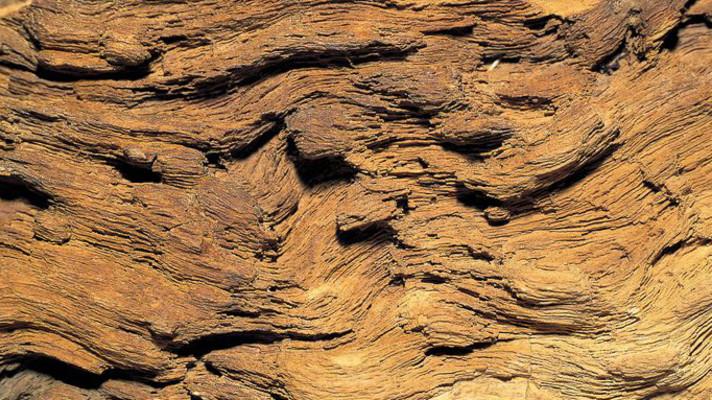Ostrov Jamajka se nachází v severozápadní částí karibských ostrovů jižně od Kuby.
Geologie a jeskyně rumového ostrova (cz,angl.)
Pro zajímavost: Slavný anglický pirát Henry Morgan byl za plenění španělských kolonií posléze povýšen do šlechtického stavu a jmenován guvernérem Jamajky. Jeho jméno bylo zvěčněno v názvu rumu Captain Morgan, který začal být vyráběn v r. 1944 na Jamajce, v současnosti však byla výroba výsledného produktu přestěhována na Puerto Rico. Z toho důvodu došlo k paradoxu, kdy etiketa na Capatin Morgan Black hlásá, že se jedná o jamajský rum, zatímco na etiketě Captain Morgan Spiced je uvedeno místo původu Puerto Rico. Ve skutečnosti se jedná o směs rumů z několika ostrovů (Jamajka, Barbados atd.).


Two thirds of the area of Jamaica are covered by cave riddled limestone and are deposited on top of the older igneous, metamorphic and clastic sedimentary rocks. The age of the limestone ranges from Paleocene to Middle Miocene (54 - 14 millions of years) and can be divided in two main stratigraphic units: the Yellow Limestone Group and the White Limestone Supergroup in which nearly all caverns are formed. Jamaica's limestone is very young compared to the situation in Belgium where the caves are formed in limestone of Devonian and Carboniferous age (408 - 320 millions of years).
Since Jamaica is located in a tectonically active zone (the Northern Caribbean Plate Boundary Zone) many landforms and also cave formation will be influenced by faulting. The island is now being gradually tilted to the S. The N coast is being pushed up above sea level, and the S drowned.
With a bit of effort cave formation on Jamaica can be split up in three distinct mechanisms:
The big river caves
In the centre of the island complete erosion of the limestone revealed the underlying cretaceous rocks as a series of stratigraphic windows (inliers). Surface drainage from these impermeable rocks sinks in the surrounding limestone and has produced most of the large river caves of Jamaica like Quashies River Cave, Coffee River Cave,...
The sinkholes
High temperatures, plenty rain and tick tropical forests made the dissolution of limestone much faster than in our colder regions. This excessive erosion created such spectacular karst phenomena like cockpit karst and tower karst. In these regions numerous vertical shafts (sinkholes) can be found. They all end on narrow joints or chokes of mud and debris.
The horizontal caves
Large horizontal caves showing ancient solutional features suggesting the influence of sea level changes, e.g. Jackson's Bay Cave at the Portland Ridge. Off the coast of southern Jamaica, there are large areas of relatively shallow sea which were land when sea levels were about 30m lower than they are now , during the ice ages of the past million years.
2. A GEOLOGICAL MONUMENT

There is a special monument devoted to the geology of Jamaica. You'll find it at the UWI Mona campus in front of the geological faculty (coordinates 18"0'22.14"N 76°44'55.38"W.
The monument consists of the Jamaica's main rocks and are placed in the right stratigraphic position. This means the oldest rocks form the base of the monument and are one hundered and twenty millions year old. The higher you get, the younger the age of the rocks. The scale they used to design the monument is 1 foot (or 0.3048 m) equals 12 million years. This makes the total hight of the monument 9.8 ft (or 3 meter), spanning the 120 million years. 
The sides of the obelisk are made from eight different sections. Each section representing a major geological time period. The obelisk is caped with an aluminium pyramid representing the bauxite which is found in large quantities in the red earth of the island. The oldest rock are dark coloured metamorphic rocks like serpentinite and marble. The section higher contains igneous rocks like basalt, andesite, tuff, keratophyre and sedimentary rocks like conglomerate, dark limestone and sandstone. The light coloured upper parts are limestones.
ZDROJ:www.rumy.cz, users.skynet.be, kráceno
